Scooter Buying Guide
The mobility scooter has been one of the greatest developments in mobility equipment in recent years. It has quite simply revolutionised life for many people, who as result have regained their independence. There are many things to take into consideration when choosing a mobility scooter – not just the colour! This guide will hopefully equip you with the knowledge to help you make an informed choice of the scooter which is most likely to to match your needs and circumstances.
Different Scooter Classes
click here Class 2
All pavement scooters are classified as Class 2 vehicles in the above definitions and can be used on all pavements and footpaths. You can also use pedestrian and zebra crossings to get across the road but you are not permitted to travel along the road, except where there isn’t a pavement. The bonus of a Class 2 scooter over a larger Class 3 is primarily the space required to store the scooter. A large number of Class 2 mobility scooters are considered ‘portable’ due to their ability to be dismantled with ease for transportation. Class 2, or portable scooters are perfect for those who require the use of a scooter on long days out and aren’t aiming to spend every day doing long journeys.
There are some advantages of a small 4mph travel scooters.
Dismantles Transportable Public Transport
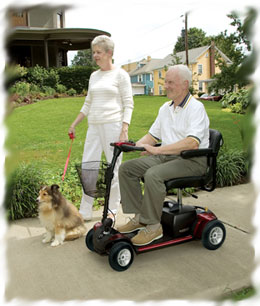
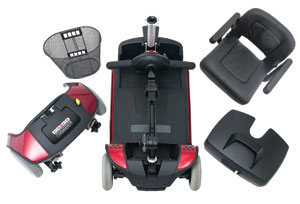
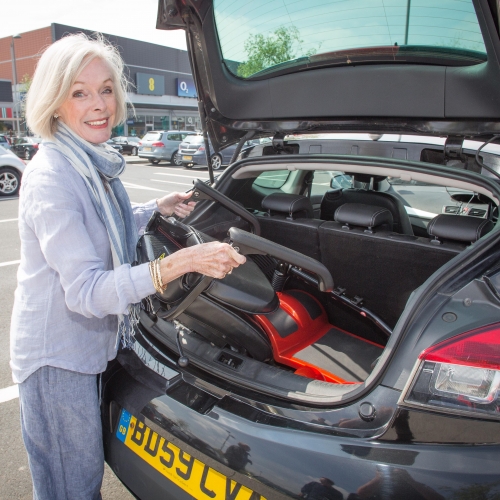
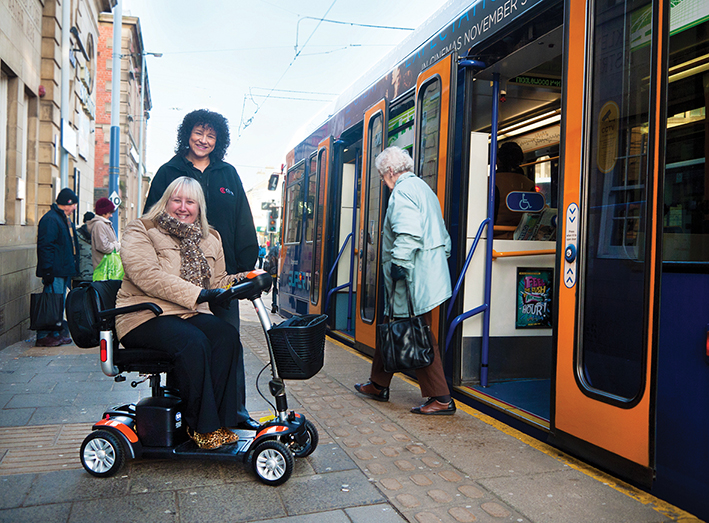
click here Class 3 vehicles can travel up to 8mph but must have a way to limit the speed to 4mph when travelling on the pavement. This is normally done via a switch to enable travel at 4mph. Class 3 scooters traditionally offer a larger distance range (it can travel a longer distance on a full charge) and higher maximum weight limit. They also tend to be larger and more durable than Class 2 scooters due to the speed they can travel. The good news is that a Class 3 vehicle is not legally designed as a motor vehicle and, therefore, is not subject to road tax and it is not required to have an MOT. There isn’t a requirement to have any insurance but we would highly recommend that you take out insurance.
There are few features that a Class 3 Scooter should have.
Headlights Horn Rear View Mirror Emergency Brake
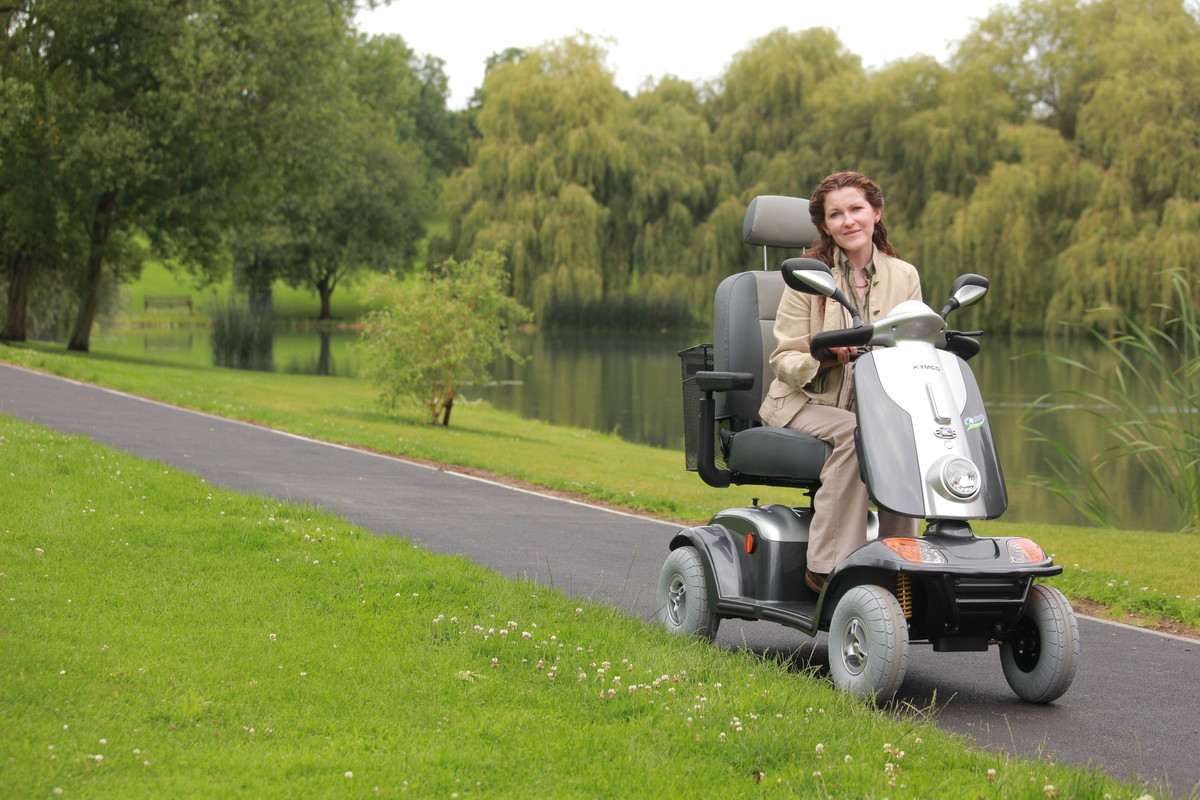
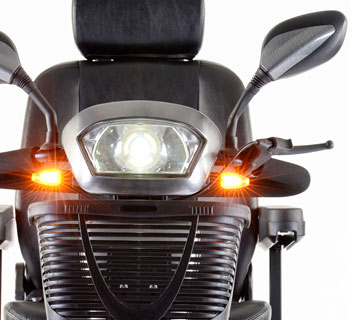
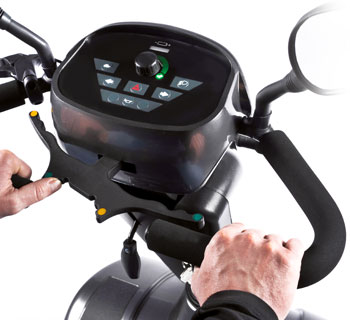
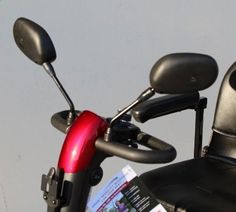

Restrictions

There are some legal restrictions on scooters. The first being that they cannot be driven by an able bodied person except for reason of repair or maintenance. The other restrictions relate to where you can use your scooter. You must not drive your scooter on motorways, cycle lanes or in bus lanes. Whilst not a legal requirement, it is not advisable to drive a scooter on unrestricted dual carriageways (i.e those with a speed limit of over 50mph). If you do need to go on a dual carriageway, you must use an amber flashing light.

